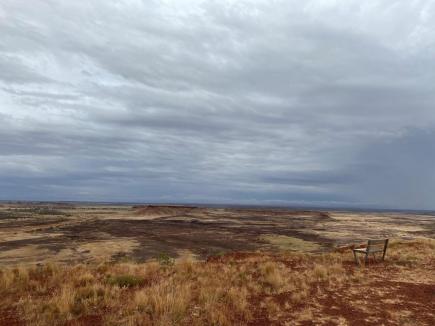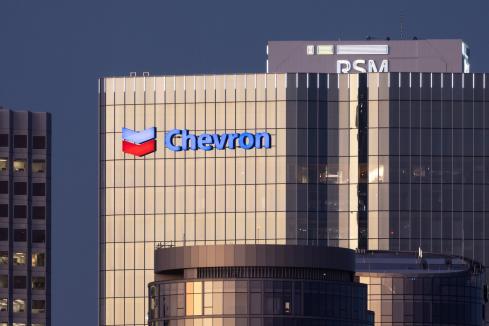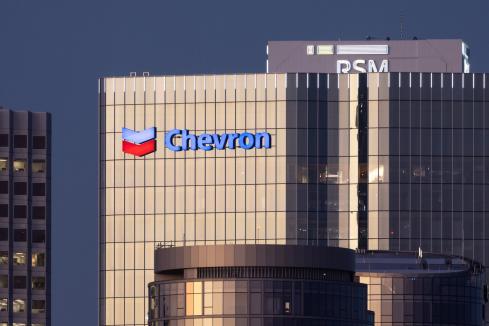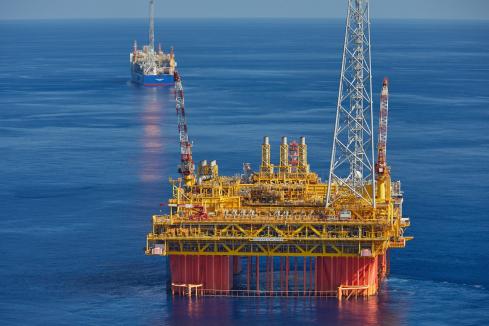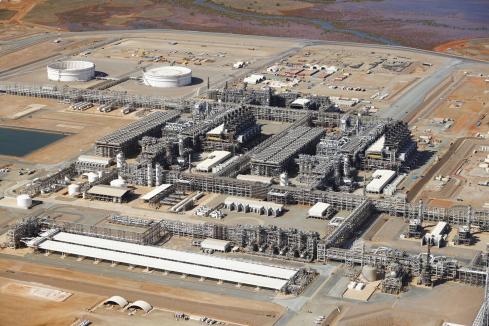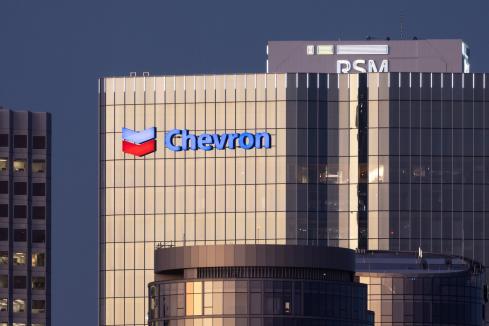

Critics of the proposed $40 billion Browse Basin gas project in the Kimberley would be unwise to see Chevron’s exit as a sign that the project is in trouble. It could actually be an indication that development plans are accelerating.
Easy as it is to say that Chevron has quit, as some people are doing, it is just as easy to say that Shell has coughed up the best part of $3 billion to buy a bigger stake in Browse.
Shell is hardly likely to have paid that sort of price in cash and an asset swap if it is not confident of getting its money back or, more likely, to make a handsome profit.
The same can be said of a similar deal announced three months ago when two Japanese trading houses, Mitsui and Mitsubishi (also referred to as MiMi), paid the project manager, Woodside Petroleum, $US2 billion for a 14.7% interest in the Browse project.
What appears to have happened, and it is a common occurrence in the oil and gas industry, is that an asset shuffle is underway to create a more stable ownership structure before a final development decision is made.
Chevron, which is in the process of building two LNG projects further south, has its hands full. The collective price tag on the Gorgon and Wheatstone projects (which both have Shell as a partner) is approaching $US70 billion – a heavy lift even for a global oil giant.
Taking on a third LNG project (Browse) in the same country was always going to be a difficult decision for Chevron, especially as Australia has a reputation for having the world’s highest construction and operating costs.
It would be more prudent, as a risk-management strategy, for Chevron to focus on Gorgon and Wheatstone, make sure they have sufficient gas reserves for decades of production, and for the company to expand its LNG interests in other parts of the world – which it can easily do.
As to who first suggested a deal, whether it was Chevron saying it wanted to sell its interest in Browse, or Shell saying it wanted to buy more, is irrelevant because the real point is not that one deal has been done, but two.
The May 1 entry of MiMi into the Browse project was the start of an ownership shuffle which continued yesterday with the Shell/Chevron asset swap, a complex deal caused by different titles covering the Browse gasfields with Chevron selling 16.7 per cent of the east titles and 20 per cent of the west titles.
When those separate holdings are valued, and topped up with $US450 million of Shell’s cash, it is possible to see the overall value of the exchange topping $US3 billion – a price roughly in line with $US2 billion paid by MiMi as its entry fee.
What the two deals mean is that the Browse project is settling on more solid foundations with a group of owners keen to see it proceed, and other investors not so keen (such as Chevron) moving out to focus on other projects.
Unknown at this stage of investors coming and going is precisely how the gas in the Browse fields will be developed, and while the current preferred option is for an onshore processing centre at James Price Point that is not definite.
Shell, which has just made a fresh and major commitment to Browse, will undoubtedly have a major say in the final development decision and while it is not afraid of undertaking tough projects (its LNG project on Russia’s frozen Sakhalin Island is a guide to how adventurous Shell can be) all options will be on the table.
A long pipeline to the North West Shelf site near Karratha is possible, as is an offshore-only processing centre using Shell’s fast-emerging floating LNG processing-barge technology which would be much smaller than any onshore option, but cheaper and less controversial.
Woodside, the Browse project manager, might reveal more detail when it files its half-year results at the stock exchange tomorrow, and its chief executive, Peter Coleman, briefs investors and the news media, though it is unlikely that he will say much more other than to welcome MiMi’s entry, and Shell’s expanded exposure.
And that’s the real point about yesterday’s Chevron/Shell deal which was more about an entry than an exit, and should be seen as a positive for the eventual development of the Browse gasfields, not a negative.









